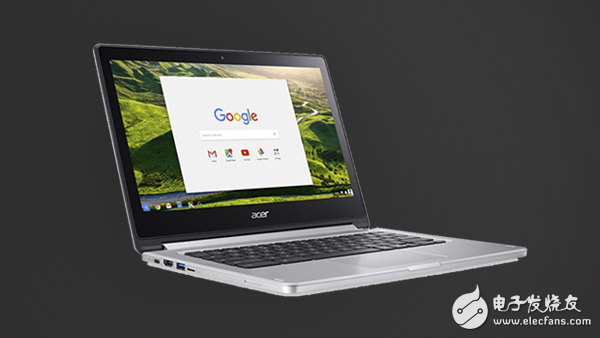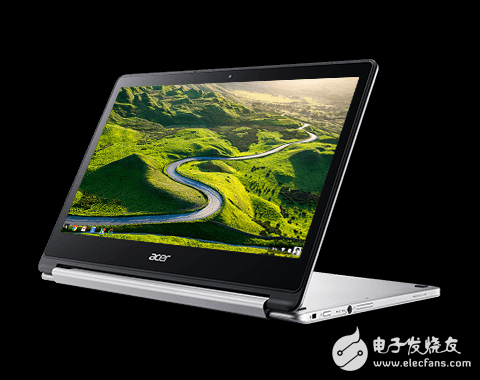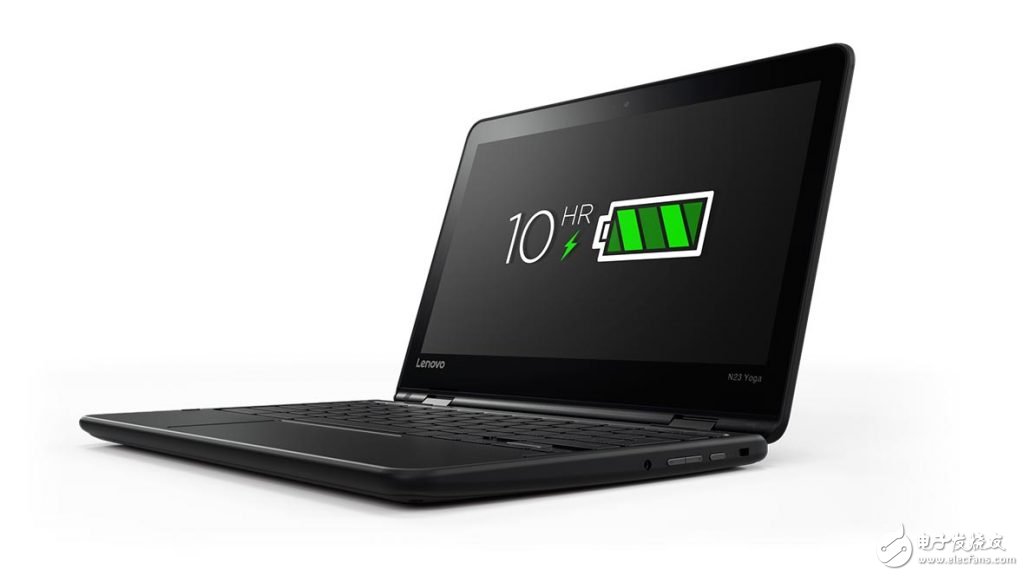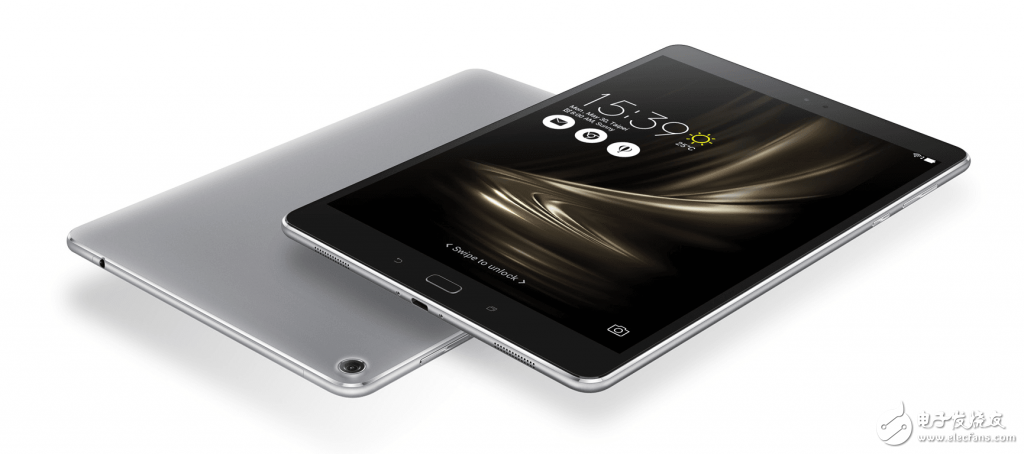In the first half of last year, there were some amazing events in the technology industry, one of which was Google’s launch of the Chromebook network notebook. Due to the apparent lack of performance advantages and the initial requirement to achieve network interconnection, many people predict that sales of Chromebooks will not be too good. However, we can see from last year's data that people like this notebook very much, and even in the United States it sells almost more than the MacBook. Chromebooks have many advantages. The Chromebook runs a very streamlined and lightweight operating system. From a software perspective, it has fewer resources than traditional machines, making it more affordable. Although it doesn't use a more powerful processor, it can do a lot of tasks, and the battery life is longer. Last year, the Chromebook made further progress, it can run Android App. It can be said that this breakthrough has greatly expanded the ecosystem of the Chromebook, narrowing the gap between Chrome OS notebooks and the increasingly powerful Android smartphones. The latest smartphone SoC chips offer higher performance, and because of the optimization of running Android apps, SoC chips for smartphones also have a meaning for Chromebooks. Two of the Chromebooks recently launched have such SoCs. The MediaTek MT8173 chipset features a heterogeneous multi-core (HMP) design that integrates the ImaginaTIon PowerVR Series6 GX6250 GPU. As part of the Series6XT Rogue architecture, the PowerVR GX6250 supports OpenGL ES3.2, OpenCL 1.2 and the now popular Vulkan API, which makes it very well suited for the latest Android App applications. PowerVR's chipset enables manufacturers to offer devices that are more cost-effective and have more features, and we can find them in consumer electronics, such as the Amazon Fire TV video box. One of the new Chromebooks is the Acer R13, which has a keyboard that folds to the back of the screen, so it's easy to carry and features like a tablet laptop. This article points out that this Chromebook features a 13.3-inch 1080p touch screen, a pretty good keyboard, and good quality—although it looks light and thin—the battery lasts up to 12 hours and is now priced at $399/399. Lenovo also launched a Chromebook based on MediaTek MT8173, the Yoga N23. It also features a 2-in-1 rotating keyboard design with an 11.6-inch touch screen, resolution of 1366x768, quality of 1.35 kg, 4GB RAM, 32GB of storage and up to 10 hours of battery life. Although the Acer R13 looks better, the Yoga N23 sells for a lower price, just $199. At the time of this writing, the device is still available in the Lenovo UK store. In addition, you can choose another tablet that uses MediaTek MT8176, the ASUS ZenPad 3S 10 (Z500M). The chipset also integrates the PowerVR GX6250 GPU and runs at up to 700MHz. The tablet features a 9.7-inch 1536x2048 resolution screen, and the GPU is fully capable. This article "The ability to challenge game chips" said that "as a game-type device, ZenPad 3S 10 is quite successful, for example, games like Live Racing 3, StarCraft, Galaxy Hero, etc. can run smoothly, will not There are any obvious frame rate delay issues." For everyone, more Chromebooks with PowerVR will be available, and we look forward to seeing more devices with PowerVR GPUs, such as Chromebooks, tablets and more. In order to be able to enjoy PowerVR even in mid-range future devices, you can take a look at the latest Series8XE Plus GPU, and ImaginaTIon will launch and showcase more of the latest technology at the upcoming GDC 2017 conference. Capacitive Panel PC,Capacitive Screen Panel PC,Capacitive Touch PC Shenzhen Innovative Cloud Computer Co., Ltd. , https://www.xcycomputer.com



A capacitive panel PC is a computing device that features a touch-sensitive screen using capacitive touch technology. Unlike resistive touch screens, capacitive screens respond to the electrical conductivity of the human body, allowing for more accurate and responsive touch interactions.
Capacitive panel PCs are a revolutionary technology that combines the functionality of a traditional computer with the intuitive touch capabilities of a tablet. These devices offer a seamless user experience, making them ideal for a wide range of applications in various industries.
The smooth and responsive touch interface of capacitive panel PCs provides a more intuitive and natural user experience. Users can easily navigate through applications, scroll, zoom, and perform gestures with ease.
Capacitive touch screens are also more durable than resistive touch screens, as they do not rely on pressure to register touches. This makes them less prone to damage and wear over time.
Capacitive touch technology is known for its fast response times and high accuracy. This results in a more seamless and efficient computing experience, especially when running resource-intensive applications or multitasking.
Capacitive panel PCs can be used in a variety of settings, including industrial, commercial, educational, and healthcare environments. They are suitable for applications such as point-of-sale systems, digital signage, kiosks, and medical devices.